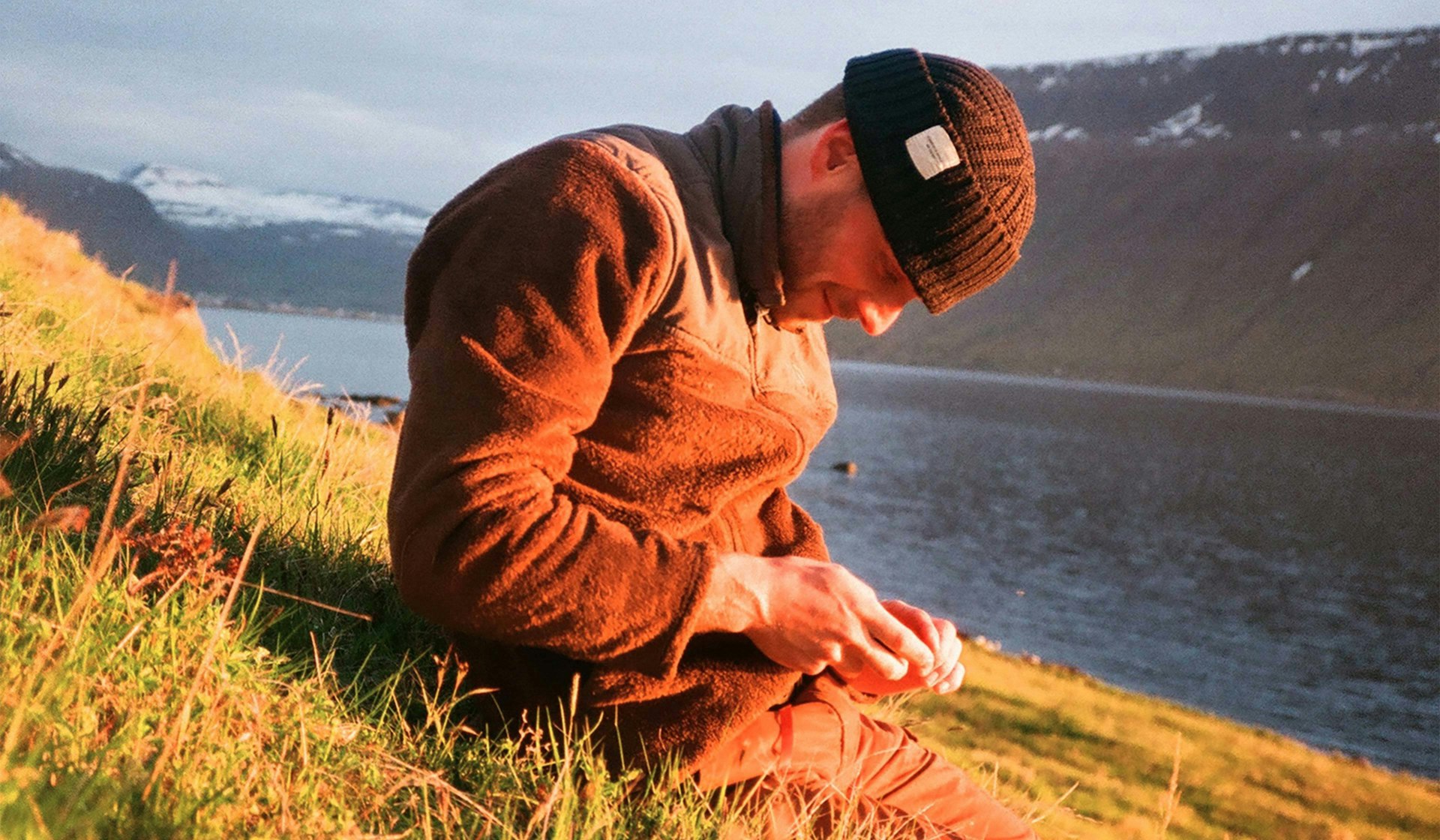
The artist peering into the darkest corners of the War on Terror
- Text by Alex King
- Photography by Edmund Clark
Artist Edmund Clark is one of the few non-military personnel to have been granted access to the infamous Guantamo Bay detention facility. He has walked its bland corridors, seen its inmates, photographed its handcuffs and portable force-feeding chairs, and been stopped in his tracks as the call to prayer has echoed through its walls.
“But in some ways, going to a very, very ordinary semi-detached suburban house in a provincial town in the UK [where a terrorist subject was being held under house arrest without charge] and not being able to tell anyone about who is there and why, was the disorientating experience,” he explains.
Edmund’s War of Terror exhibition at the Imperial War Museum presents the photography, film, redacted official documents, censored letters from detainees and more, that he has collected through his exhaustive documentation of the War on Terror. Most of us would rather ignore what is being done by our governments on the pretext of keeping us safe, but Edmund has worked tirelessly to make visible the true face of state control, imprisonment without trial and secret programmes like Extraordinary Rendition.
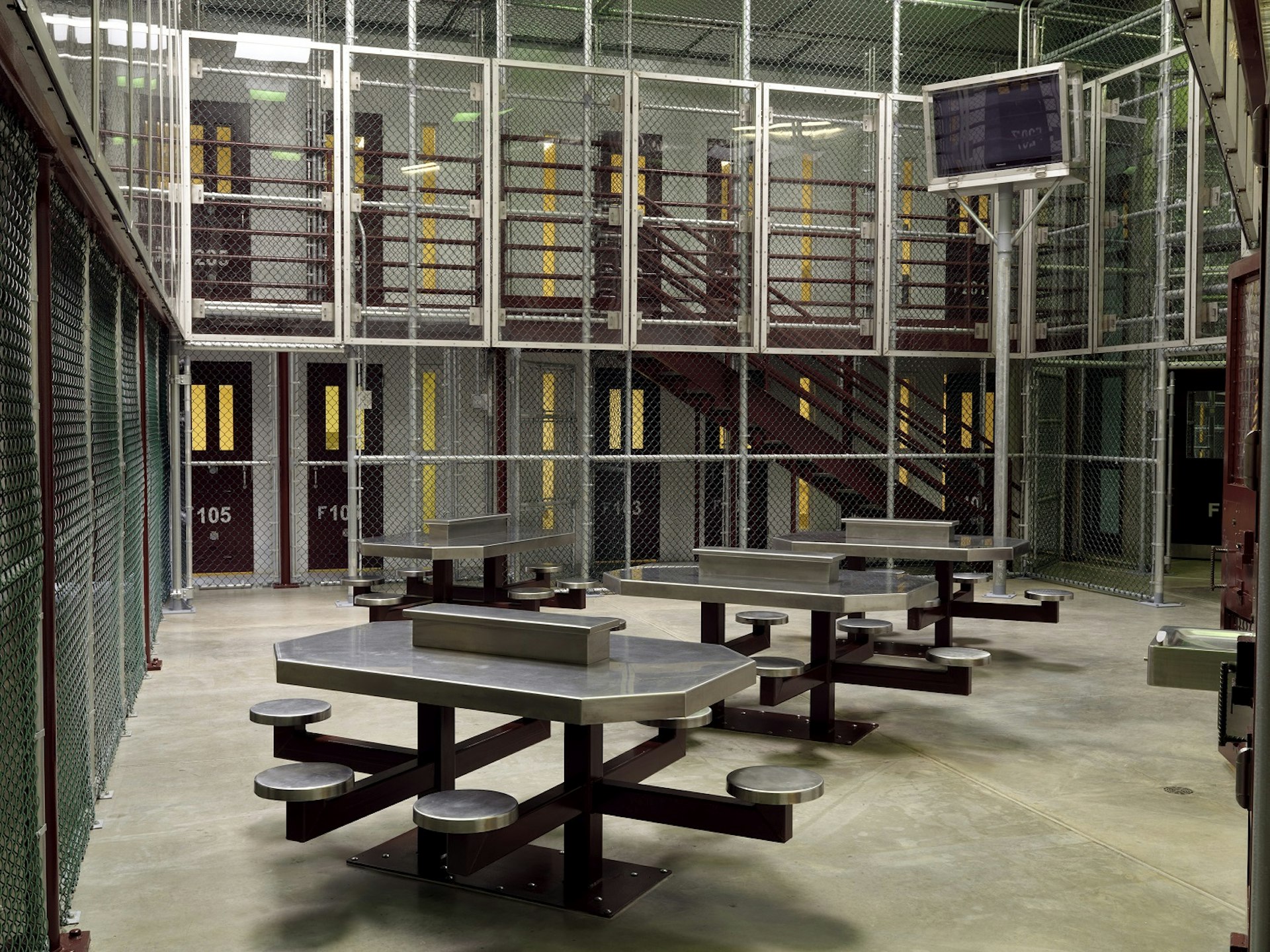
Camp 6, Communal Area; from the series Guantanamo: If the Light Goes Out © Edmund Clark, Courtesy of Flowers Gallery London and New York
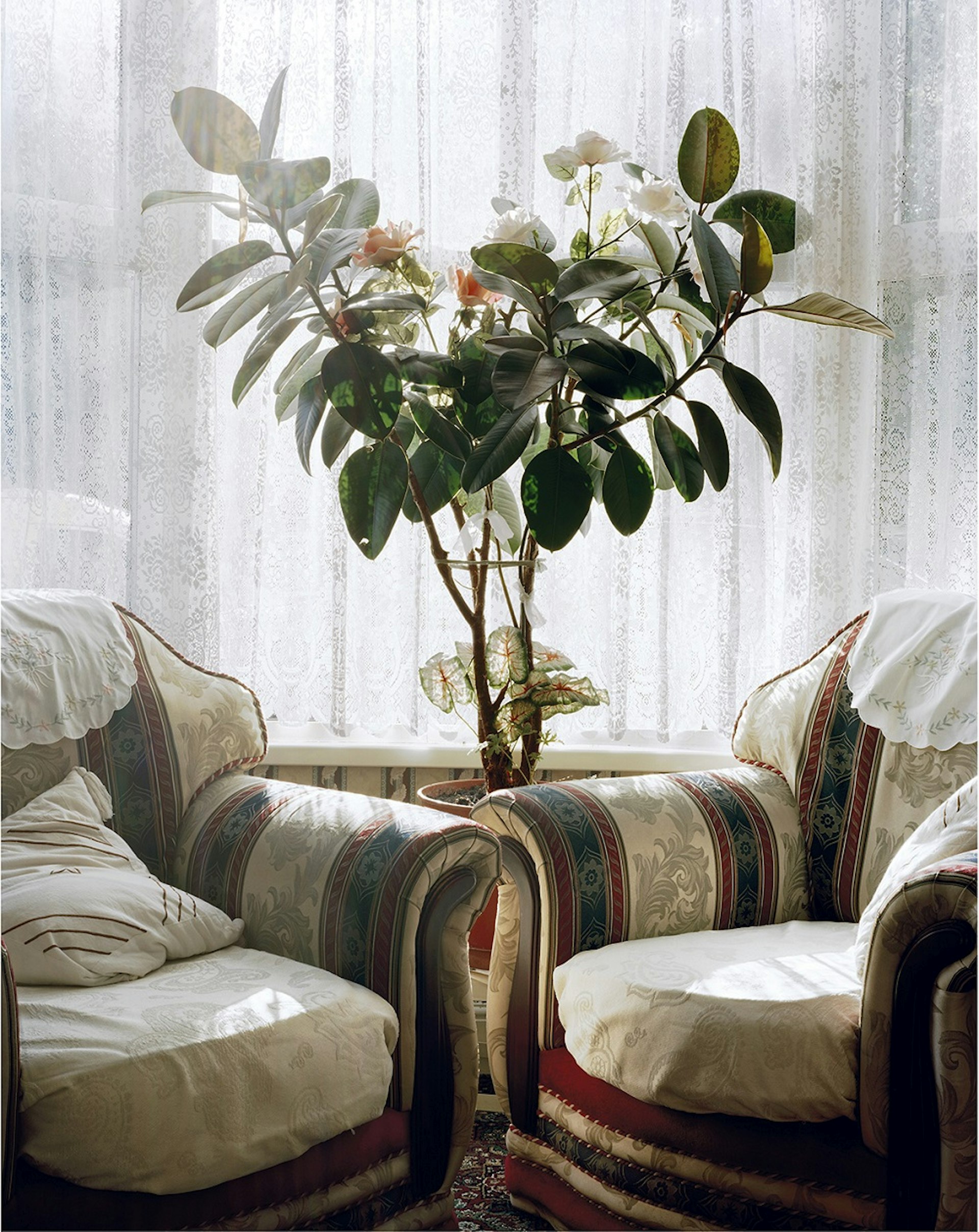
This photograph was taken in the home of a detainee following their release from Guantanamo Bay.
Home; from the series Guantanamo: If the Light Goes Out © Edmund Clark, Courtesy of Flowers Gallery London and New York
“I didn’t set out to focus on terror,” Edmund explains. “What drew my attention was looking at the imagery coming out of Guanatanamo and how people were being presented, who would eventually come home innocent. There was a big contrast between what was happening legally and this spectacle of terror. That mismatch made me interested in how the War on Terror was being represented.”
War of Terror takes elements from a series of Edmund’s projects which have explored the West’s response to terrorism since 9/11 and the way this new type of conflict has been presented by politicians and in the media. It takes huge geopolitical events and follows their ramifications right down to the ordinary, individual domestic experiences of people affected, who have been in Guantanamo Bay or under house arrest in the UK, for example.
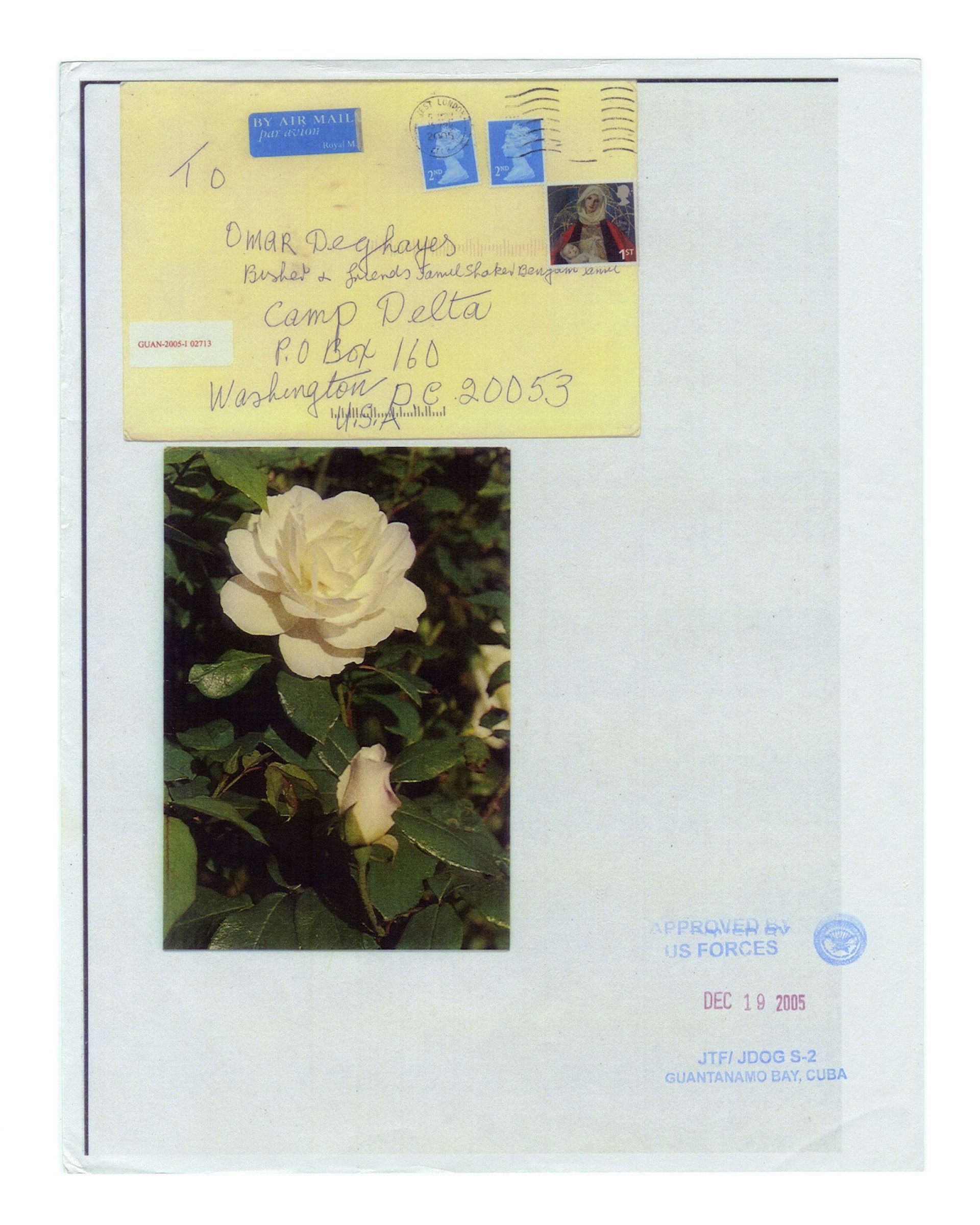
To Omar Deghayes; from the series Letters to Omar © Edmund Clark, Courtesy of Flowers Gallery London and New York
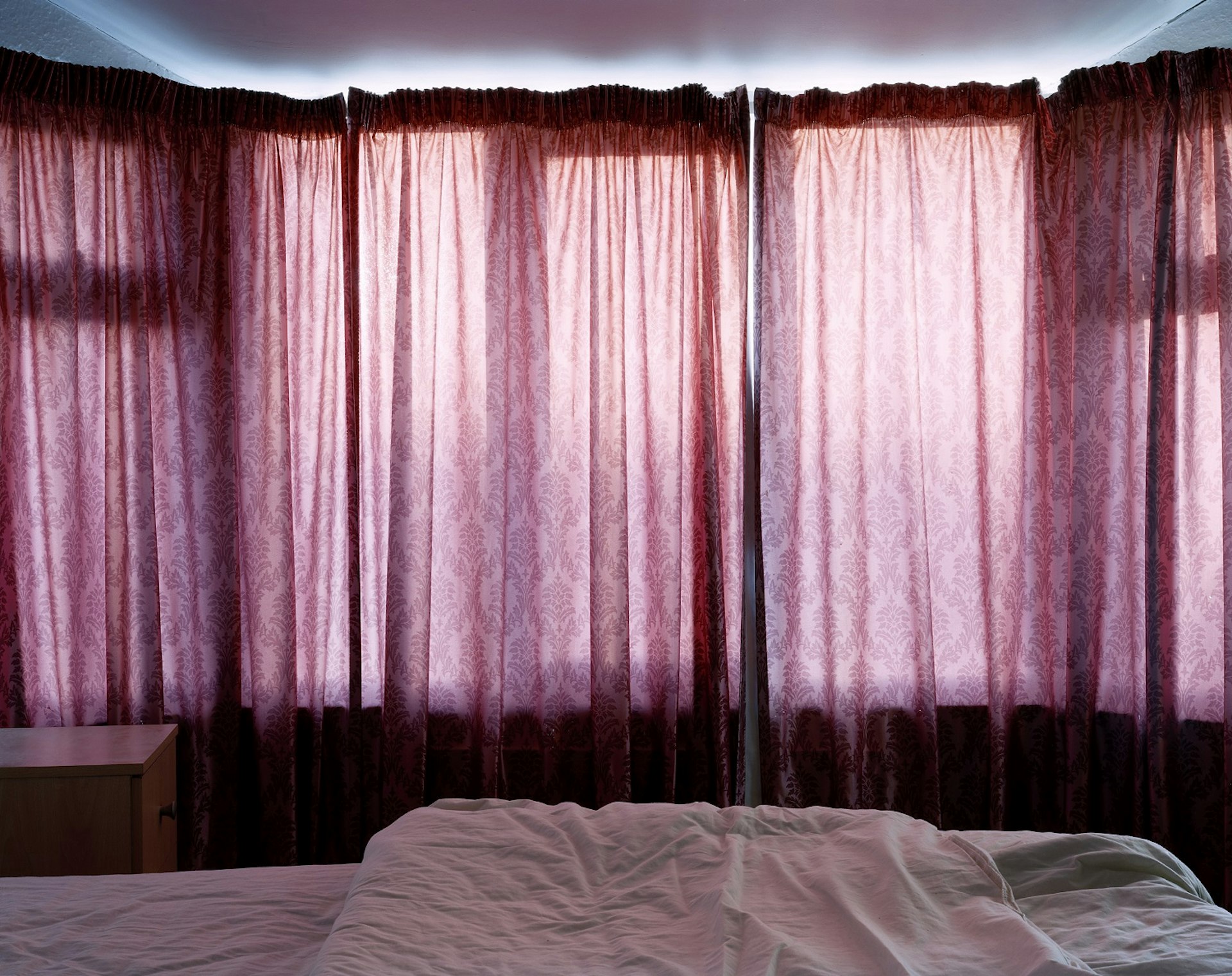
Bedroom; from the series Control Order House © Edmund Clark, Courtesy of Flowers Gallery London and New York
For Control Order House, Edmund gained access to a suburban house in the UK to document the day-to-day life a terror suspect detained without legal process and based on secret evidence. His conversations with the suspect were highly restricted, monitored and he was prevented from revealing identity of the individual and the location of the house in any way through the work. But Edmund photographed every detail he could inside the house to give viewers the deepest possible sense of their experience.
In the exhibition space, a number of the works are presented as immersive installations, which could be interpreted as trying to evoke the disorientating sense of going through the Kafka-esque system created to deal with terrorist suspects, such as having all of your communications with the outside world censored arbitrarily. “The role of imagination is key to my work,” Edmund explains. “I try to engage with these subjects, which are often unseen experiences, trying to make people think about them in a new way. All I can ever really hope to achieve is to encourage people to ask questions, to be engaged enough to re-consider the way they think about these issues and their legal and moral implications.”

Swimming pool inside a hotel in Spain which used by a rendition team; from the series Negative Publicity: Artefacts of Extraordinary Rendition © Edmund Clark, Courtesy of Flowers Gallery, London and New York
Edmund collaborated with counterterrorism investigator Crofton Black on Negative Publicity: Artefacts of Extraordinary Rendition. Edmund set out to photograph as many sites as possible known to have been used in the extra-legal Extraordinary Rendition programme, where suspects were picked up and flow in secret to America’s network of interrogation and detention ‘Black Sites’ around the world. He travelled across the globe, from Libyan interrogation cells to anonymous corporate headquarters in the US, and discovered that the tentacles of the defining conflict of our time stretch deeply into everyday life: from airports to hotel rooms and suburban houses. “This combination between the ordinary and the exotic; the seen and the unseen; the known and the unknown, is a real point of engagement for people with this work,” he explains.
So, from what Edmund has seen of the darkest excess of the War on Terror, does he believe the medicine is worse than the disease? “We can’t ever truly know the disease, really,” he explains. “It depends which doctor you listen to. This is where we’ve ended up, this is the abyss we’re looking into. As visual artists, the challenge is trying to find ways to prevent these contemporary conflicts becoming merely a war of propaganda carried out on our screens, but actually keeping these unseen places, these unseen processes, these unseen experiences visible.”
Edmund Clark’s War of Terror is at the Imperial War Museum, London, 28 July 2016 – 28 August 2017.
Enjoyed this article? Like Huck on Facebook or follow us on Twitter.
